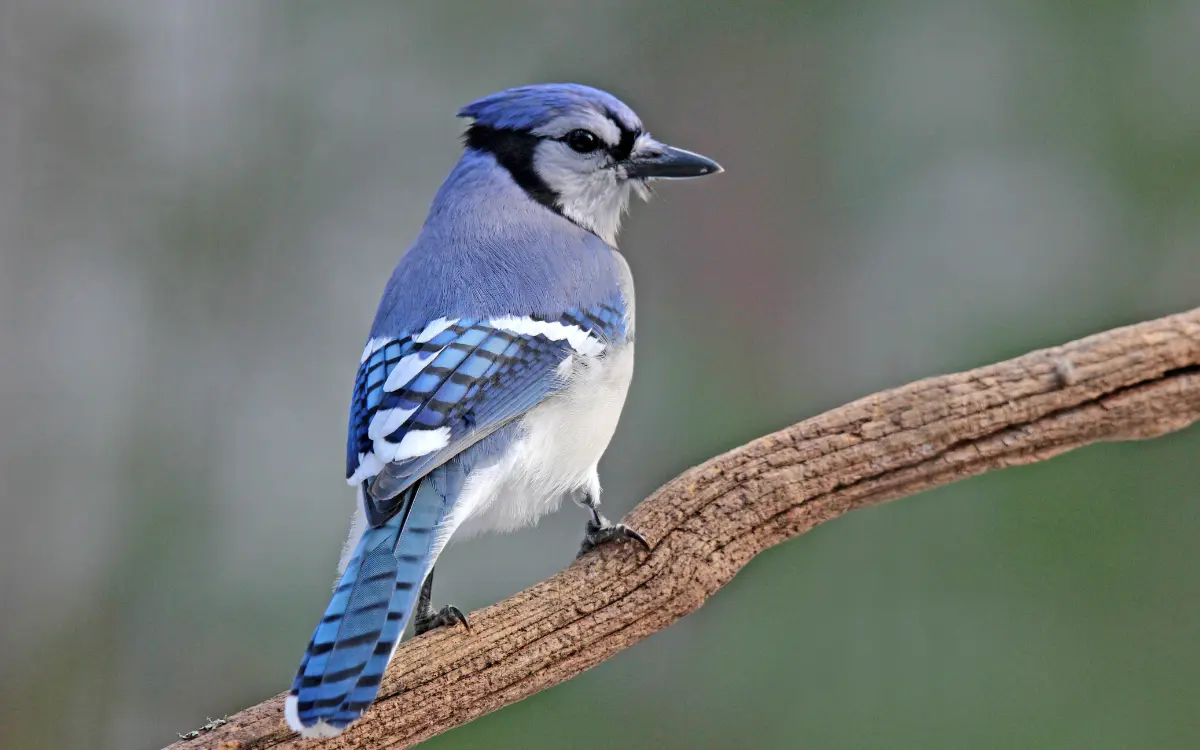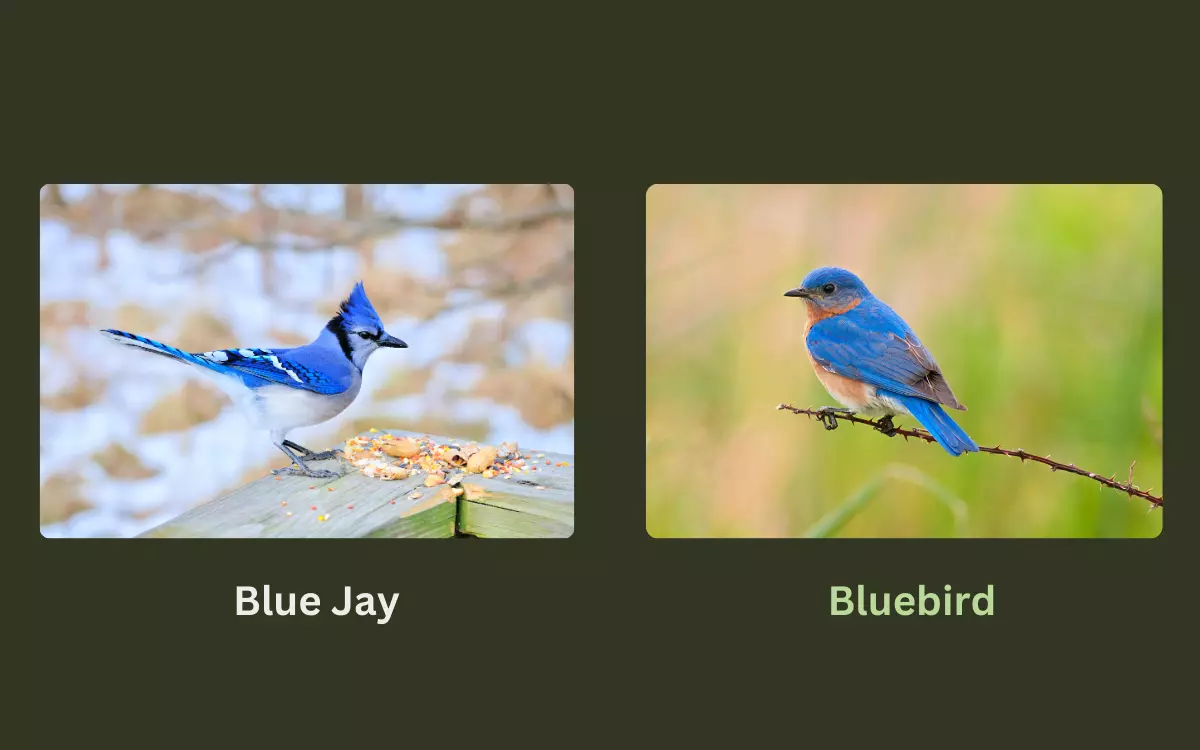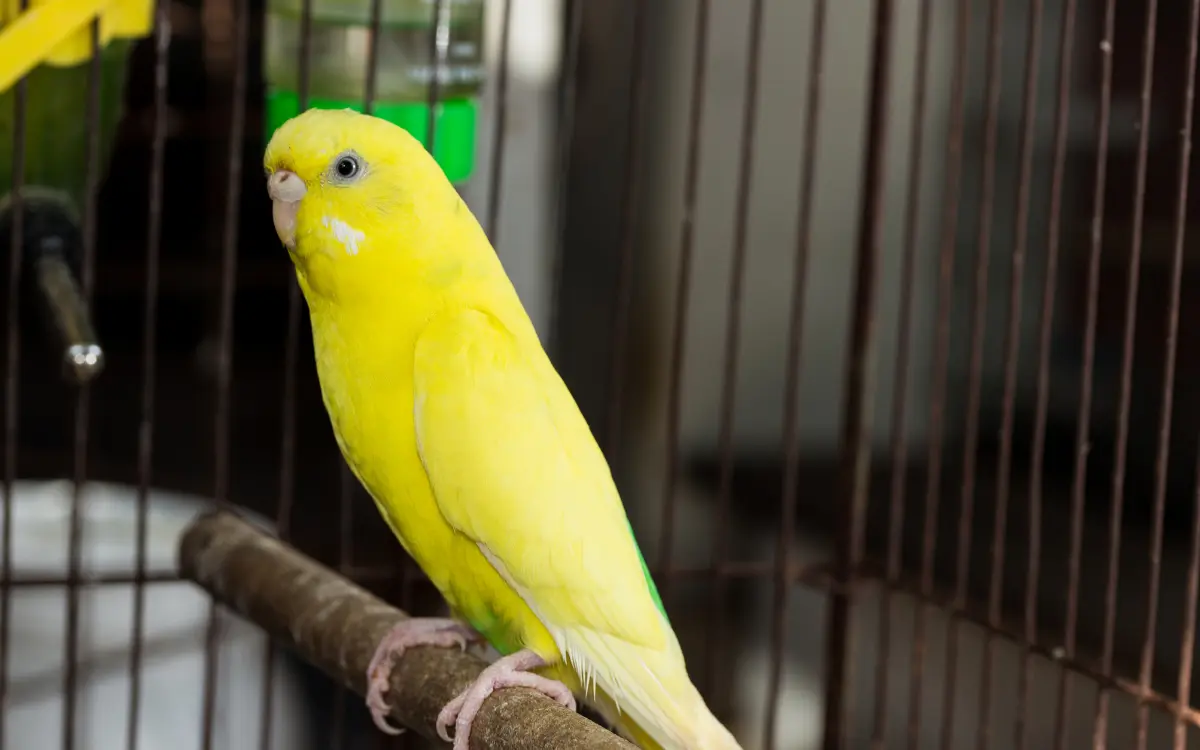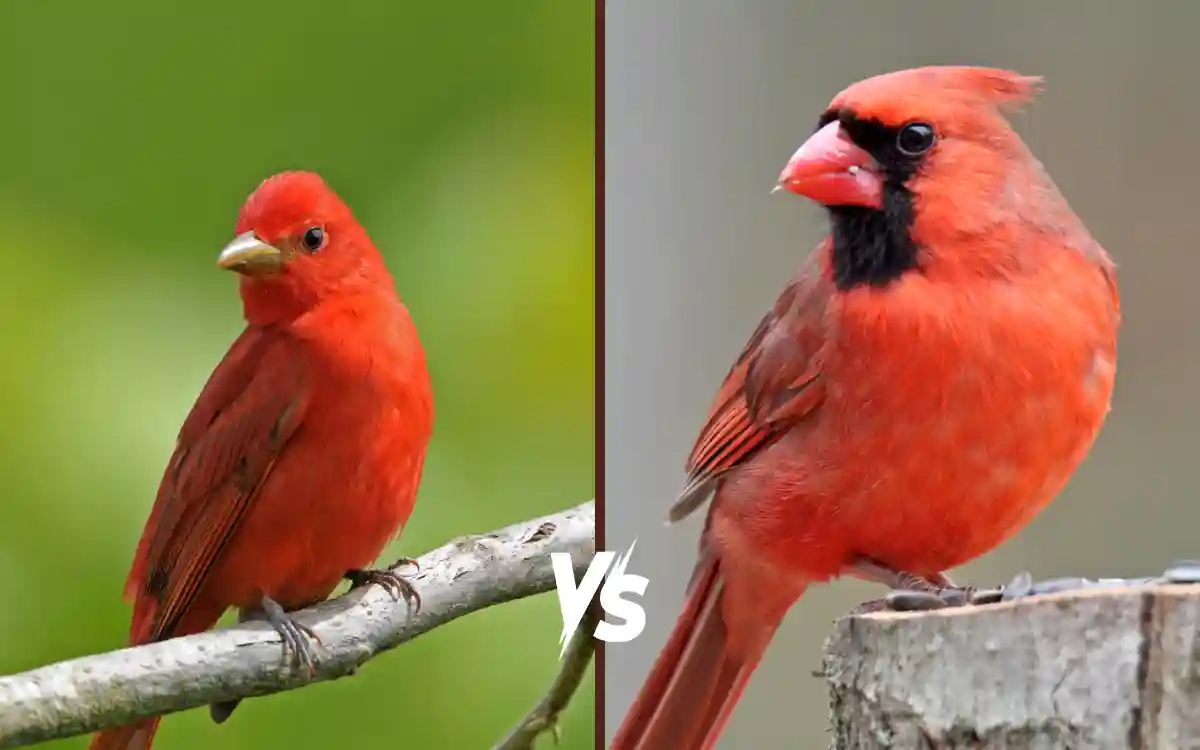How to Clean Your Birdbath: A Step-by-Step Guide
A clean birdbath not only attracts more birds but also provides them with a safe and healthy environment. Dirty birdbaths can harbor algae, bacteria, and parasites, which pose risks to the birds that visit.
By keeping your birdbath clean, you ensure that it remains a refreshing place for birds to drink and bathe. This guide walks you through the process of cleaning your birdbath step by step.
Gather Your Cleaning Supplies
Before you begin, it’s essential to have all your cleaning supplies on hand. This will make the cleaning process quicker and more efficient. Here’s what you’ll need:
- Scrub Brush or Old Toothbrush: Use this to scrub away algae and dirt.
- Bucket of Warm Water: For mixing with the cleaning solution and rinsing.
- White Vinegar or Mild Dish Soap: These are safe and effective cleaners that help remove grime and bacteria.
- Garden Hose: Ideal for rinsing out the birdbath thoroughly.
- Gloves (Optional): Wearing gloves will protect your hands from dirt and cleaning solutions.
These supplies are easy to find, and you may already have most of them at home. White vinegar is particularly effective because it’s natural, non-toxic, and powerful against stains and bacteria.
Empty the Birdbath
To start, you’ll need to empty any remaining water in the birdbath. It’s best to pour the dirty water away from the birdbath area to prevent contaminating the surrounding soil and to avoid attracting pests.
If your birdbath is too heavy to tip, you can use a small bucket or a cup to remove the water.
This step is important because it allows you to work with a clean surface and prevents any contaminants from being spread around during cleaning.
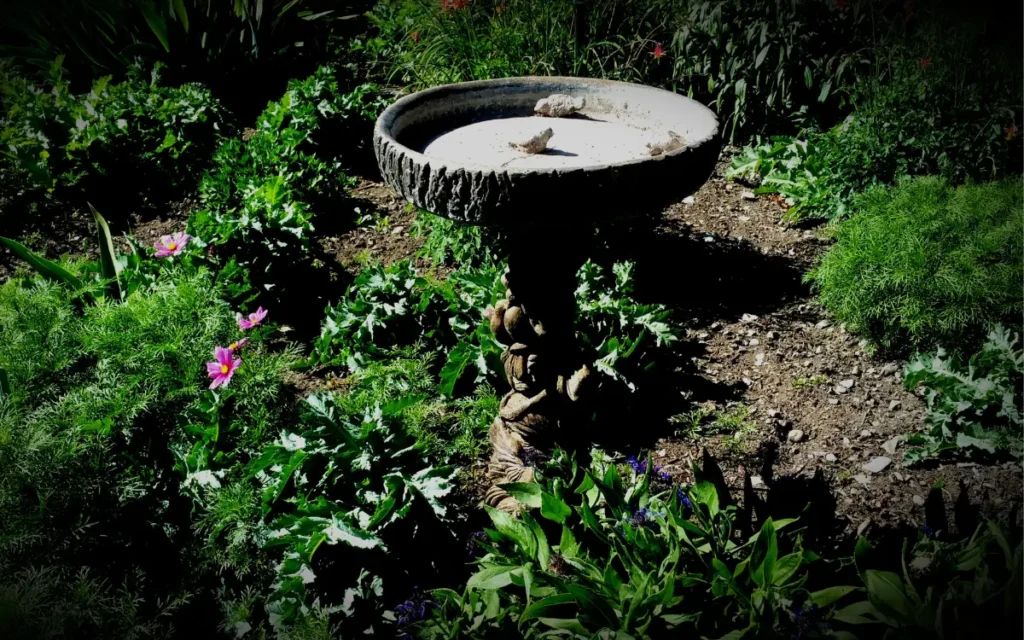
Scrub the Surface
Once the birdbath is empty, it’s time to scrub. Use your brush to remove any dirt, algae, or other debris from the basin. Make sure to reach into any small crevices or textured areas where grime can accumulate.
For stubborn stains, an old toothbrush works well to get into tight spaces. Scrubbing is essential because it removes any residue that can lead to algae growth and keep your birdbath clean for a longer period.
Tip: If you’re dealing with a particularly dirty birdbath, consider soaking it with a cleaning solution first (see the next step) to make the scrubbing easier.
Soak with a Cleaning Solution
Next, create a cleaning solution by mixing equal parts of white vinegar and warm water, or add a few drops of mild dish soap to a bucket of water. Pour this mixture into the birdbath and let it soak for 10-15 minutes.
The solution will help break down any algae, bacteria, and stains that the scrubbing alone might not remove.
Vinegar is a natural disinfectant and doesn’t leave harmful residue behind, making it a safe choice for both birds and the environment.
After soaking, use your brush to scrub the birdbath again, focusing on any areas where dirt and algae are still present. The solution will have loosened these deposits, making it easier to remove them completely.
Rinse Thoroughly
Rinsing is a crucial step, as any leftover cleaning solution could harm the birds. Use a garden hose to thoroughly rinse the birdbath, ensuring all soap or vinegar residue is removed. If you don’t have a hose, pour buckets of clean water over the birdbath several times until the water runs clear.
Pay special attention to any corners or crevices to make sure no cleaner remains. A well-rinsed birdbath is essential for keeping the water safe and refreshing for birds.
Dry and Refill with Fresh Water
After rinsing, it’s a good idea to let the birdbath air dry completely before refilling it with fresh water.
If you need to refill it right away, use a clean cloth to wipe down the inside. Clean, fresh water will attract birds to your birdbath, while stagnant or dirty water will deter them.
By drying the birdbath, you also help prevent algae from forming as quickly. Once dry, refill it with clean water, and it’s ready for your feathered friends.
Prevent Algae and Buildup
To keep your birdbath cleaner for longer, consider taking a few preventative steps:
- Add a Small Stone or Pebble: Place a stone in the middle of the birdbath. This helps circulate the water and reduce stagnation, which can slow algae growth.
- Use Distilled Water: If possible, use distilled water instead of tap water, as it contains fewer minerals that contribute to buildup.
- Shade and Location: Place your birdbath in a shaded area to reduce the amount of sunlight that promotes algae growth. Also, avoid placing it directly under trees, as falling leaves and debris can quickly dirty the water.
By taking these simple steps, you can extend the time between cleanings and ensure the birdbath remains a welcoming space for birds.
Read also: How to Get Birds to Use a Bird bath?(Quick tips)
Establish a Cleaning Routine
Consistency is key to maintaining a clean birdbath. Aim to clean your birdbath at least once a week, and more often if you live in a warm climate where algae can grow quickly.
During summer, when birds are more active and water evaporates faster, you may need to clean it more frequently. By establishing a regular cleaning schedule, you’ll ensure that your birdbath stays in great condition and provides birds with a safe, reliable water source.
Tip: Make birdbath cleaning part of your weekly garden maintenance. This helps you remember to clean it regularly and keeps your garden looking fresh and inviting.
Conclusion
A clean birdbath not only enhances the beauty of your garden but also provides a safe and healthy environment for birds.
By following these steps—gathering supplies, emptying the basin, scrubbing, soaking, rinsing, drying, and taking preventive measures—you can keep your birdbath in excellent condition.
Regular maintenance ensures that birds have access to fresh water, which encourages them to return to your garden often. With a little effort and consistency, your birdbath will remain a pleasant sanctuary for your feathered visitors year-round.


